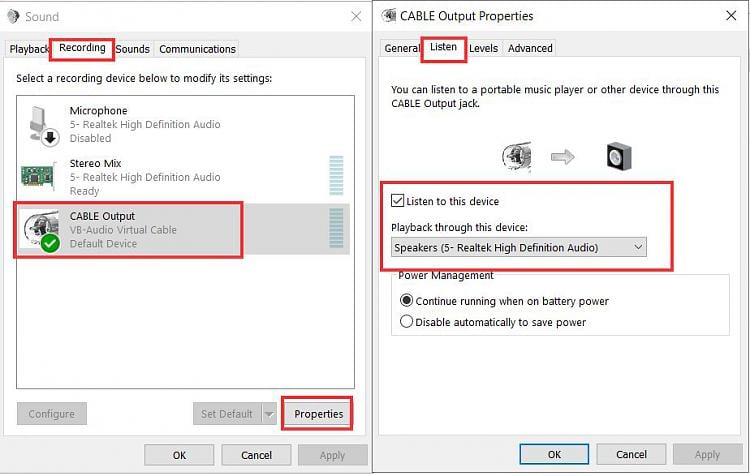
So it changes how the amps are going to react. Because both channels are now connected, each portion of the amp (left channel and right channel) sees both headphones and the other amp. Audio guru Brent Butterworth pointed out a possible electrical issue. However, it's possible it might not work at all. With most audio gear, these types of adapters should work fine.

However, it will only send the summed signal to the left side of the headphones."

Also, if that's not the ear/side you want/need to use, you're out of luck.įor example, I asked Monoprice about theirs, and this is what Albert Cardenas, product manager for consumer audio, had to say: "On PID 7160, it does 'combine' the stereo signal into a summed single signal. That's a lot more power getting sent to one earphone, so you'll likely have to turn down the volume. The simplest way is to mix the stereo channels down into one channel, so one side of the headphone gets both channels. There are multiple ways for an adapter like this to work (or not work, depending on how you look at it). However, they don't always work like that. Reading through the comments on Amazon, it seems there are people who got this to work exactly as we're discussing. RadioShack, Amazon, and Monoprice all have options. There are plugs that do this, and cables. This way, Raul's daughter, and anyone else wanting both channels in one ear, can get all the music. What has to happen is the stereo channels have to be mixed down to a single channel, and that channel must be sent to both ears.

Also, most "stereo to mono" Y cables merely split the signal, so each mono female end is getting just one channel.

The opposite (mono male to stereo female) is far more common, but for what we're talking about it's not what we're looking for.


 0 kommentar(er)
0 kommentar(er)
